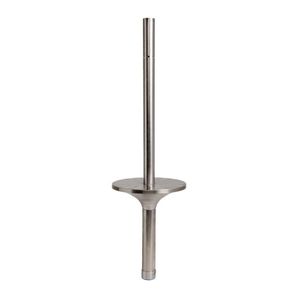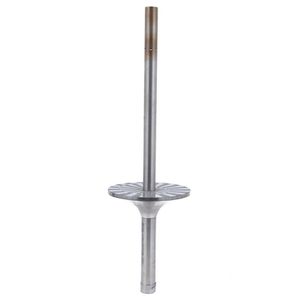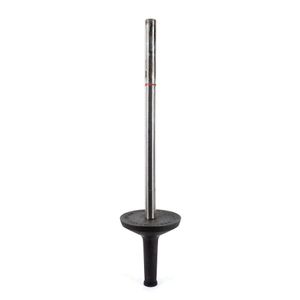1964 Tokyo Olympics Torch: Symbol of Post-War Japan's Triumph
You must be a subscriber, and be logged in to view price and dealer details.
Subscribe Now to view actual auction price for this item
When you subscribe, you have the option of setting the currency in which to display prices to $Au, $US, $NZ or Stg.
- Runners - Runners or slides are wood on each side of the bottom of a drawer, being the surfaces which take the weight of the drawer and provide for its movement in and out. The runners of a drawer are usually the first areas of a drawer to display wear, due to the friction between the two surfaces. In modern cabinet making the wooden runners on th ebottom of the draer have been replaced by metal runners fixed to the side of the drawer and the side of the cabinet.
- Bronze - An alloy of copper and tin, traditionally in the proportions of about 9 parts of copper to 1 part of tin.
The discovery of bronze in Western Asia in the 4th century enabled people to create metal objects which were superior to those previoulsy possible because of its strength and hardness, and it has been used throughout the world for weapons, coins, tools, statuary and other decorative items.
It is very fluid in a molten state, and its hardness, strength when set, and non-corrosive properties makes it most suitable for casting sculpture.
This item has been included into following indexes:
- Olympic Games memorabilia - medals and badges 201
-
Olympic Games memorabilia, by city
- Melbourne, 1956 306
- Rome, 1960 27
- Tokyo, 1964 and 2020 26
Visually similar items

A Gianfranco Frattini Megaron floor lamp. C. 1979 Italy. Designed for Artemide black metal and plastic. 182 cm high

1972 Olympic Torch, nickel and chromium steel, 75 cm tall, shaft with handguard, manufactured by Krupp, with legend at base, 'Munchen 1972/ Spiele der XX Olympiade'. G/VG condition

1972 Munich Olympic Games Torch, steel, made by Krupp factory and designed by Hagri Kettwig, 73 cm high

A Gianfranco Frattini Megaron floor lamp. C. 1979 Italy. Designed for Artemide. Black metal and plastic. 182 cm high
